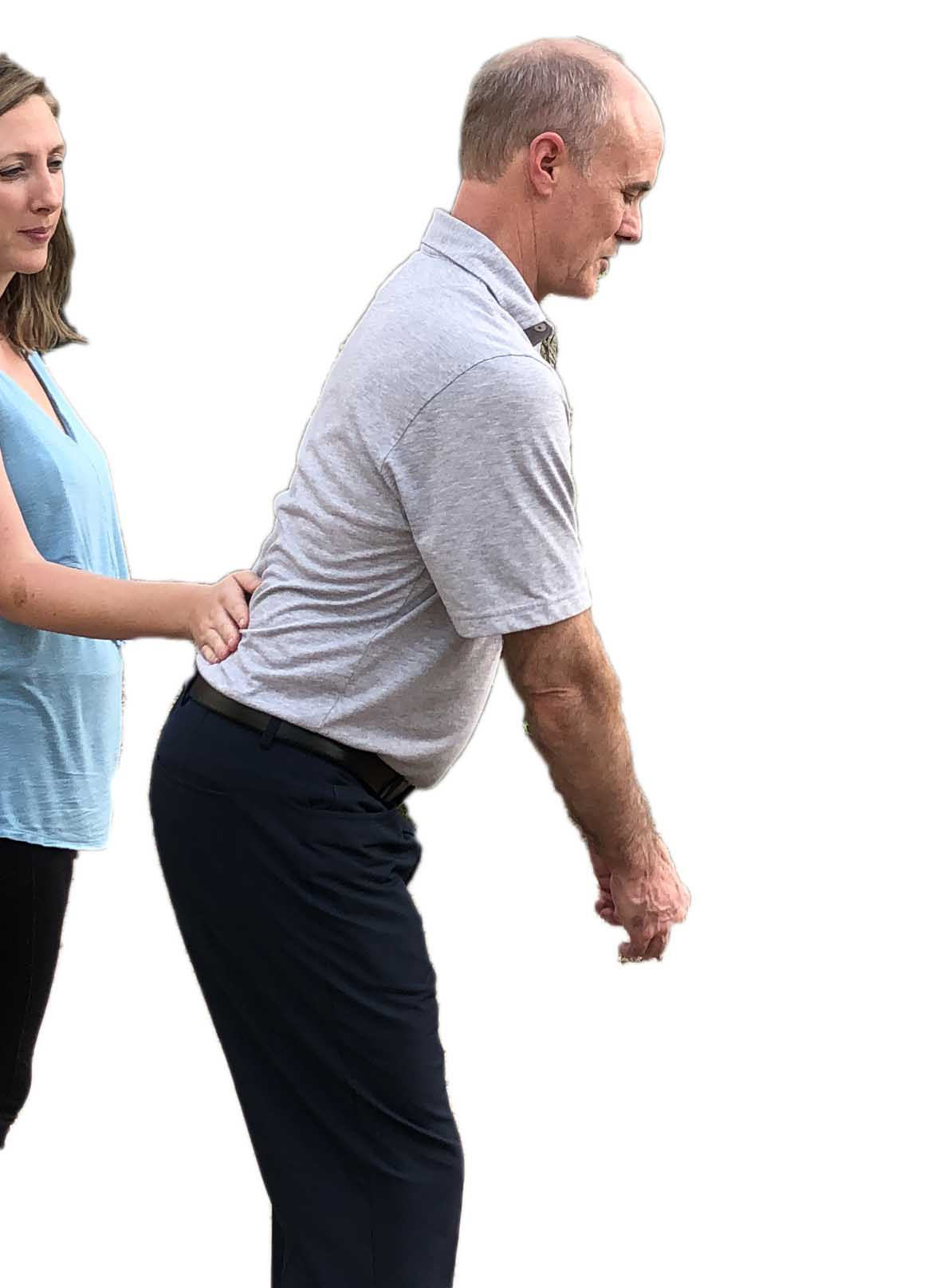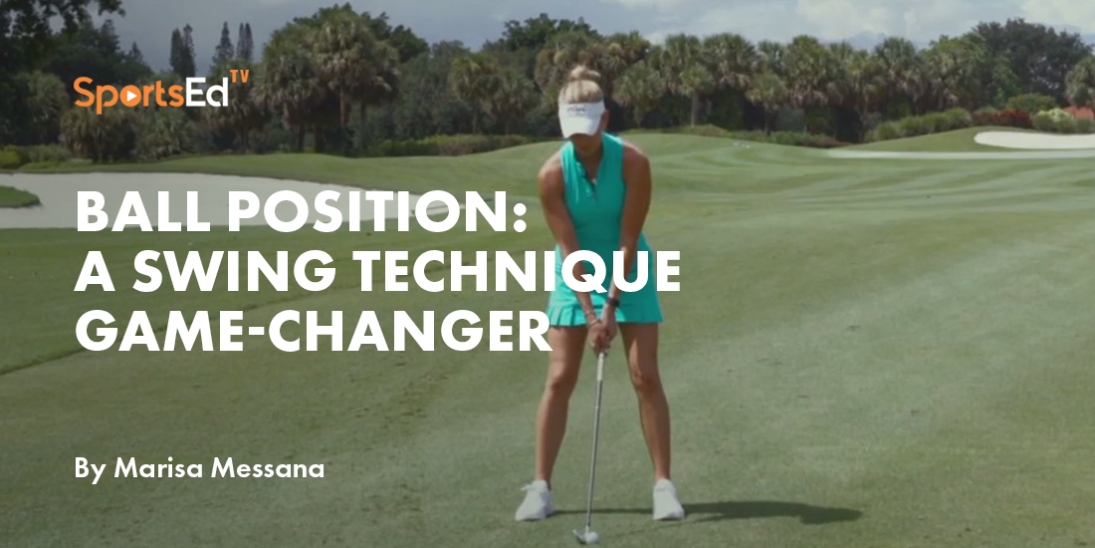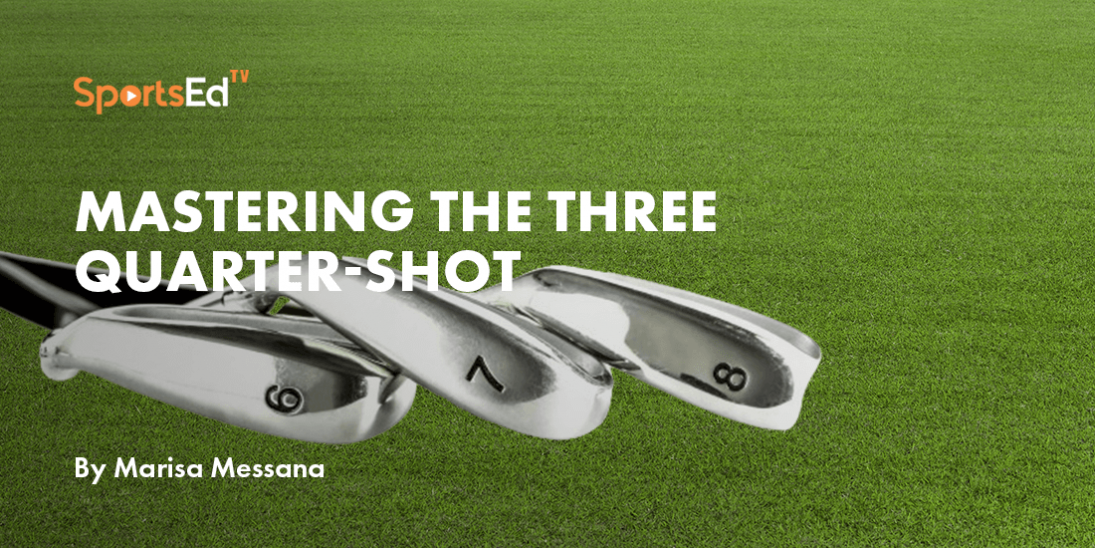Golf
Welcome and thanks for visiting...

Are you a Coiler or Turner?
We are used to looking at our swing from the outside and making changes from within. How many times we’ve all had a lesson, recorded it, analyzed it and then looked to make our needed change. But what if we looked inside first to determine how your body needs and wants to swing, then make the outside match what the inside was asking?
Today, you will discover whether you are a COILER or TURNER type swinger. A ‘coiler’ is a natural swing type that has more upper body twist against their hips. A ‘turner’ has almost no twisting motion in their spine and must turn their hips to make a backswing. Neither is better, they are both very strong and very accurate once you know how to use them properly. Our spines are all built differently and the genetic makeup of your body determines which type of swing you are best at with almost no effort. The older we get the less flexible we are and inevitably we all start moving into becoming a ‘turner’ over time. Of the many thousands of golfers tested, the percentages are still 50 (coiler)/50 (turner)for those under 55 years old. After 55+ we see 70/30 and over 80 yrs. old the stats are 90/10. Most of my students who have found their natural spine swing have dropped an average of 2.3 strokes off their score in 2 weeks.
Inside 10 minutes you will discover how your spine was naturally built to swing:
- Test your setup with a buddy/friend (3 min)
- Test your spine (5 min)
- Test again with a buddy without a club (2 min)
Here are the top reasons why you want to know how your natural swing is built from the anatomy within you:
- Immediate results without any extra effort
- No pain
- Better connection in the body for more distance
- Almost no swing thoughts
Warm up your spine by stretching for a good 10 minutes before you begin, this test requires loose supple muscles.

Grab a buddy. Using no club or if you prefer to hold a club use an 8 iron, take a full setup (no swings please). Next, have your buddy get behind you and stand shoulder width apart. From behind your buddy will look 1” below your belt line and with their dominant hand gently apply a quick forward push while quickly retracting their hand.

If you want to be precise, the quick push is about a 10 lb. force. The best tests are always used with the fingers and not with the palm of the hand. Your buddy’s hand should not stay on you. This is a quick,1/2 second motion that is to test your balance. If you fall over, your posture needs some work. If you don’t, then you are ready to move to the next step as your posture is in great shape.




While in position, drop your 8 iron to the floor, leave it there, you will not need it. Now cross your arms over your chest. Still in position from Step 1, your buddy will place their hands on your hips. Their fingers need to grasp your hips bones near your front pockets and thumbs will be toward the top of your back pockets. Your buddy must be strong and hold your hips in place while you try to make a backswing without lifting your head.
If you can swing your upper body (shoulders) more than 45 degrees past your hips you are a coiler (represented with the Cresent Moon image). If you swing less than 10 degrees with your shoulder twist against your hips you are a turner (represented by the “T” image). And what about all your others who are in between? We call you ‘In-betweener’s.’
Now that you’ve discovered what you are test, it again with your buddy 2-4x’s to confirm. The more your buddy holds your hips absolutely still and you are in the correct posture, the better read you will get. If you are a coiler, you will be starting your backswing with this motion 1st and if you have not reached a full backswing you can add only the slightest hip turn.
If you are a turner, you are going to start your backswing with your hips 1st and toward the last 30% of your backswing add what coil you have. And if you are an in-betweener, you will use Step 3 to determine which area you should start 1st, it could be the hips, it could be the shoulders.

You are almost there, think about how exciting this is to discover what your spine has wanted to do all along in your swing and provide you the greatest balance and natural power. Rest your back for a couple of minutes after Step 2. Now, get back into balanced setup position from Step 1 without a club. Pretending to hold a club, take a backswing using your new backswing spine motion. At the top of the swing, have your buddy once again push on your trail (furthest from the target) hip to see if you are in balance. This is the same push test in step one except on a trail hip. If you are not in balance, try to focus solely on asking new muscles to do the backswing work for you. Many times, failed balance is a result of arms leading the swing not the bigger muscles. And if you are in balanced, congratulations! You did it, you discovered your natural swing type from inside your body.


The next most obvious question is what now? Well, you simply let it go. Because your spine has led the backswing, you should feel a greater sense of power, grounding and stamina. In fact, it’s best not to think of a downswing but rather to let all the power that is stored in these muscles from feet to head, to go at once. Drive all that energy into the through swing without segmenting it. So often, we take the through swing and break it apart which slows the clubhead speed and is not repeatable. Instead, when you load power the same way each time you hold a club, you will have the tendency to unload that power the same way, much more consistent.
Since you have found the inside secrets of your spine, it’s time to take your buddy for dinner or treat them to a round of golf for discovering the best swing of your life!




